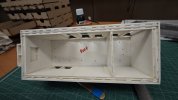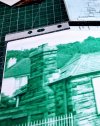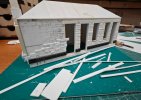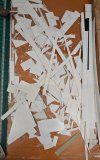Very nice, Chris.
I like the ‘triple decker’ approach to the walls. It speaks of solidity and permanence. I did similar with the Enginemen’s Bothy on Brinkley (still on the circuit, I believe). But most of the reasoning behind that was to make sure the window frames fitted well into the aperture.
Cheers
Jan
Thanks Jan. As I said, this was very much an experiment to trial a possible technique for the much larger, but similarly built, main station. It was also one of the very first things I started making in 7mm. Lots of water under the bridge in the last few years, and I suspect the station build will be slightly different. I will still go for the scale wall thickness, this is needed for the recessed doors and windows, but suspect the spacing method of the main layers will be different.
And whilst pondering future construction...
It's interesting that over the years I've had a lot of feedback and comments that I over-engineer my buildings, and yes they are built somewhat close to battleship grade, but... 35yrs of making buildings for exhibition layouts, and seeing buildings leant on, dropped, roughly handled, and subjected to a variety of environmental conditions has taught be a load of hard lessons.
I certainly build to last, and as such can't do it commercially as people just wouldn't pay for my time and the materials. Everything I've made in the last 25yrs still exists and it's very, very rare that I have to repair or remake anything. I can't say the same for a fair few buildings I've seen on some other layouts which have parts warping, lifting, parting or broken.
It depends what interests you. I like making buildings and doing scenics, so that's where I put my time and effort. I can understand how those not having the same bent would want to get something finished as quickly and with as little effort as possible. It's a broad church...

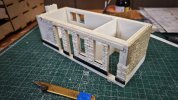
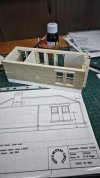
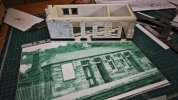
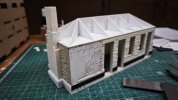
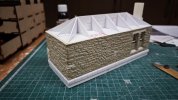
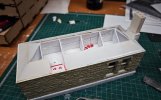
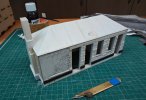
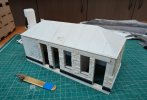
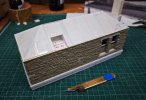
 .)
.)